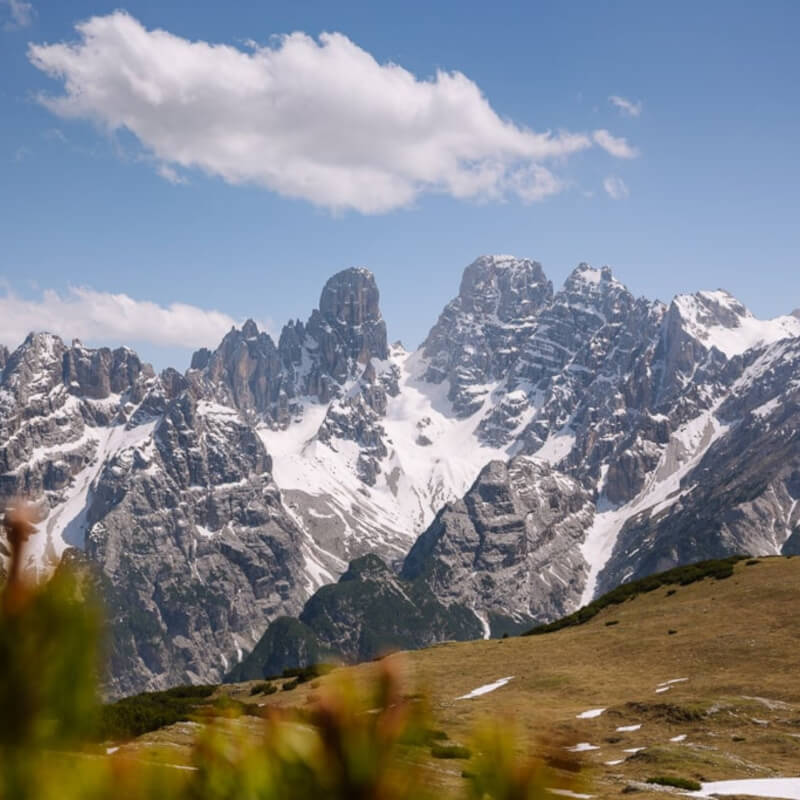Global warming has struck again. In 2024, this destructive force is causing countries to redraw their borders. Italy and Switzerland are slated to have their glacial borders redrawn as the snowy peak of Matterhorn Peak melts away rapidly.
National boundaries are widely regarded as fixed elements in a region’s cartography. However, the glacial nature of the Swiss-Italian border makes it a primary target of global warming that plagues the European continent at large. The border changes were agreed upon in 2023, and the Swiss government officially approved the adjustment last Friday. The approval process is currently ongoing in Italy. Once both parties have signed, the agreement will be published, and the details of the new border will be made public, as stated by the Swiss government.
Swiss glaciers: another major ice volume loss despite much snow in winter!
2022: -5.9%
2023: -4.4%
2024: -2.4% ❄️
The @glamos_ch report on the new measurements just released via @scnatCH https://t.co/fc3CQxfmio
The suffering of #glaciers goes on… A thread (1/n) pic.twitter.com/ubwueA4Z2J— Matthias Huss (@matthias_huss) October 1, 2024
As part of a statement released on Friday, the Swiss government remarked that “the melting of the glaciers” will lead to the inevitable redrawing of shared national borders. Europe is the greatest hit by global warming, as its glaciers disintegrate rapidly due to rising global temperatures. Switzerland reported a 4% loss in glacial volume in 2023, a slightly lower percentage loss compared to the 6% drop noted in 2022.
Matthias Huss, a glaciologist at the Swiss university ETH Zürich and director of GLAMOS, the Swiss glacier monitoring network, told CNN this “downward trend shows no sign of ending.” Huss added that “in 2024, some glaciers are literally falling apart; small glaciers are disappearing.”
The melting of ice caps has proven to have a cascading effect on the global ecosystem, hampering crucial industries like crop production and international trade. Despite expedited climate actions across the globe, experts are certain that up to half the world’s glaciers may be gone by 2100. As more glaciers disappear in the coming decades, the world stands on the brink of a freshwater crisis.





